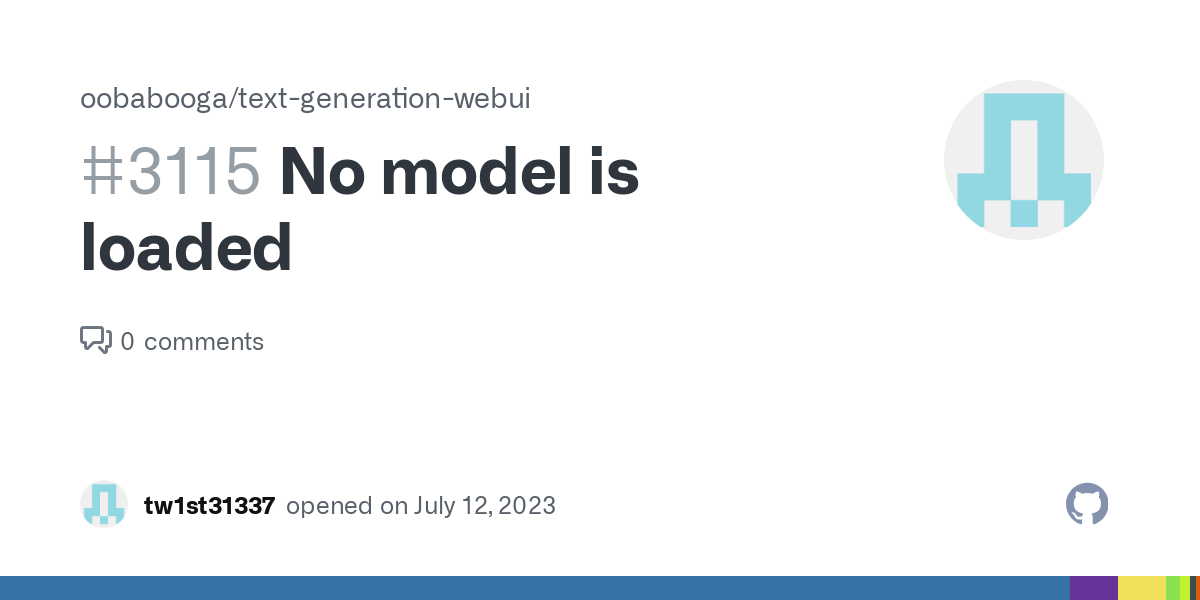Leveraging RMM for improved client communication and satisfaction is no longer a luxury, but a necessity in today’s competitive landscape. Effective communication is the cornerstone of any successful business relationship, and in the tech world, RMM (Remote Monitoring and Management) tools provide the infrastructure to build stronger, more trusting partnerships. This article delves into how strategic use of RMM can significantly boost client satisfaction by streamlining communication, proactively addressing issues, and fostering transparency.
We’ll explore practical strategies, best practices, and measurable results, ultimately showing you how to leverage RMM to transform your client relationships.
From proactive monitoring and automated alerts to efficient reactive support and transparent data sharing, RMM offers a comprehensive suite of tools to enhance every stage of the client lifecycle. We’ll examine how these tools can be used to improve onboarding, provide effective training, and ultimately build trust and loyalty. We’ll also cover crucial aspects like measuring the impact of your RMM strategy and gathering client feedback to ensure continuous improvement.
Measuring the Impact of RMM on Client Communication and Satisfaction: Leveraging Rmm For Improved Client Communication And Satisfaction

Successfully implementing an RMM (Remote Monitoring and Management) system isn’t just about technical efficiency; it’s about demonstrably improving client communication and boosting overall satisfaction. Measuring this impact requires a strategic approach, focusing on key performance indicators (KPIs) and actively gathering client feedback. By tracking the right metrics and listening to your clients, you can build a compelling case for the ROI of your RMM investment and continuously refine your service delivery.
Key Performance Indicators (KPIs) for Improved Client Communication
Tracking specific KPIs provides quantifiable evidence of the positive effects of your RMM system on client communication. These metrics allow for objective assessment and identification of areas for improvement.
| KPI/Feedback Method | Description |
|---|---|
| Ticket Resolution Time | The average time taken to resolve client tickets. A decrease in this metric indicates improved efficiency and faster response times, leading to increased client satisfaction. For example, a reduction from 48 hours to 24 hours demonstrates a significant improvement. |
| Client Ticket Satisfaction Rating | Clients rate their satisfaction with the resolution of their tickets on a scale (e.g., 1-5 stars). Tracking this provides direct feedback on the effectiveness of communication and problem-solving. A consistently high average rating signifies successful communication strategies. |
| Number of Proactive Alerts Addressed | This KPI measures the number of potential issues identified and addressed proactively through RMM monitoring. This demonstrates a preventative approach, minimizing disruptions and improving client experience. A higher number indicates improved proactive communication and problem prevention. |
| Client Communication Frequency (Initiated by Provider) | Tracking the frequency of proactive communication (e.g., system health reports, security updates) initiated by the service provider. This shows a commitment to keeping clients informed and engaged. A regular cadence of communication, tailored to the client’s needs, is ideal. |
Analyzing Client Satisfaction Levels Using RMM Data, Leveraging rmm for improved client communication and satisfaction
RMM data provides valuable insights into client satisfaction beyond just ticket resolution times. By correlating various data points, you can identify trends and areas needing attention.For example, a high number of tickets related to a specific application might indicate a need for improved training or documentation for that application. Similarly, a surge in tickets after a software update might highlight a communication gap where clients weren’t adequately informed about the update and its potential impact.
Analyzing these correlations helps to proactively address potential satisfaction issues.
Methods for Gathering Client Feedback
Supplementing KPI data with direct client feedback is crucial for a comprehensive understanding of the impact of RMM on client communication and satisfaction.
| KPI/Feedback Method | Description |
|---|---|
| Post-Incident Surveys | Short surveys sent to clients after resolving a ticket, allowing them to rate their experience and provide feedback on the communication process. This provides immediate feedback on specific interactions. |
| Quarterly Satisfaction Surveys | More comprehensive surveys conducted quarterly to gauge overall satisfaction with the service and communication received. This provides a broader perspective on long-term client satisfaction. |
| Client Meetings/Calls | Regular check-in calls or meetings provide an opportunity for direct dialogue and feedback gathering. This allows for in-depth discussions and personalized support. |
Leveraging RMM tools boosts client satisfaction by enabling proactive issue resolution and streamlined communication. This proactive approach is directly linked to improved cybersecurity, as highlighted in this insightful article on the impact of RMM on cybersecurity and data protection for MSPs , ensuring data is secure and clients feel confident. Ultimately, a secure system translates to happier clients and stronger MSP-client relationships.
Boosting client satisfaction starts with streamlined communication, a key benefit of leveraging RMM. Think about it – efficient workflows translate to happier clients. This same principle applies to internal teams; effective performance management is crucial, and that’s where utilizing the right tools, like those mentioned in this guide on best HRIS systems for managing employee performance reviews and goal setting , becomes essential.
Ultimately, happy employees lead to better client service and improved RMM effectiveness.